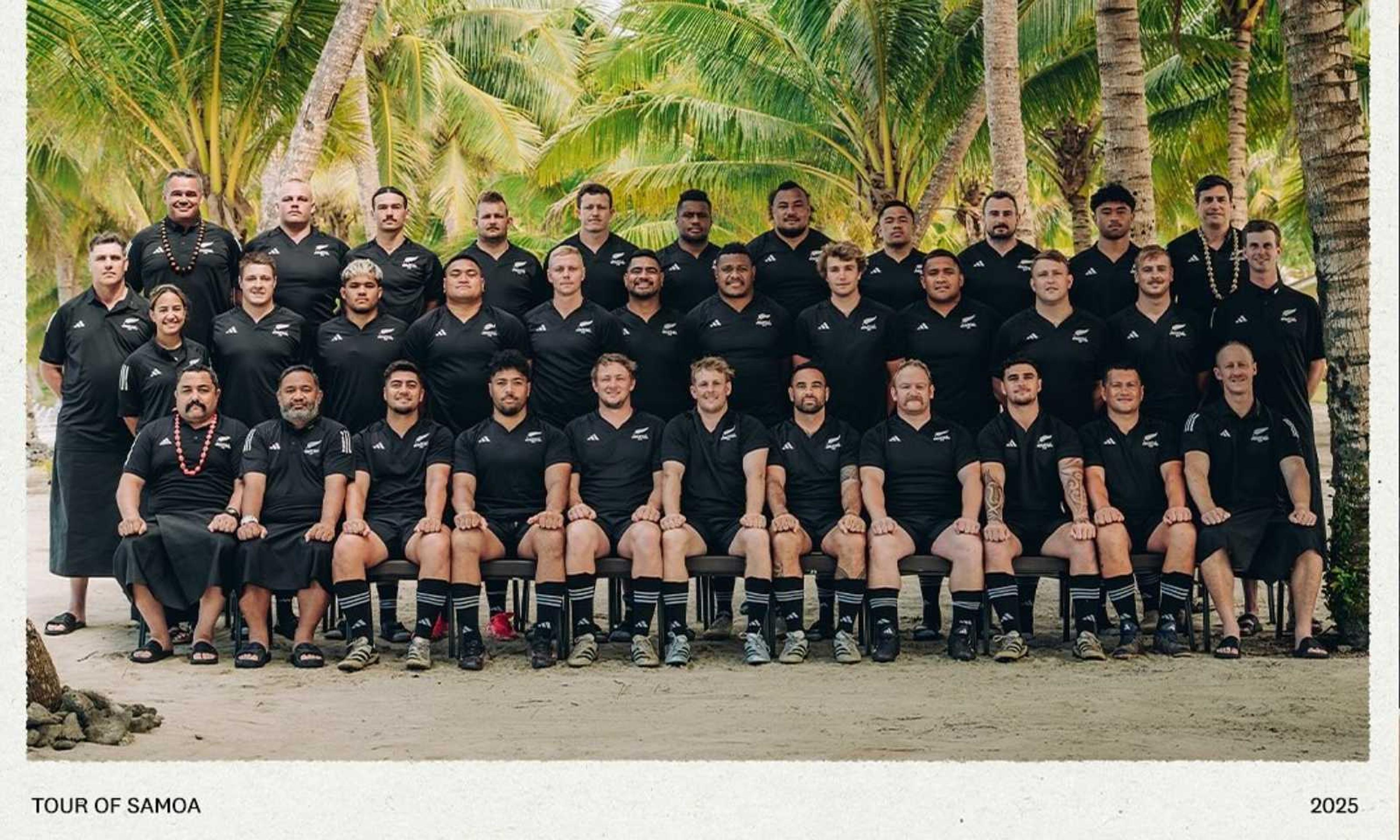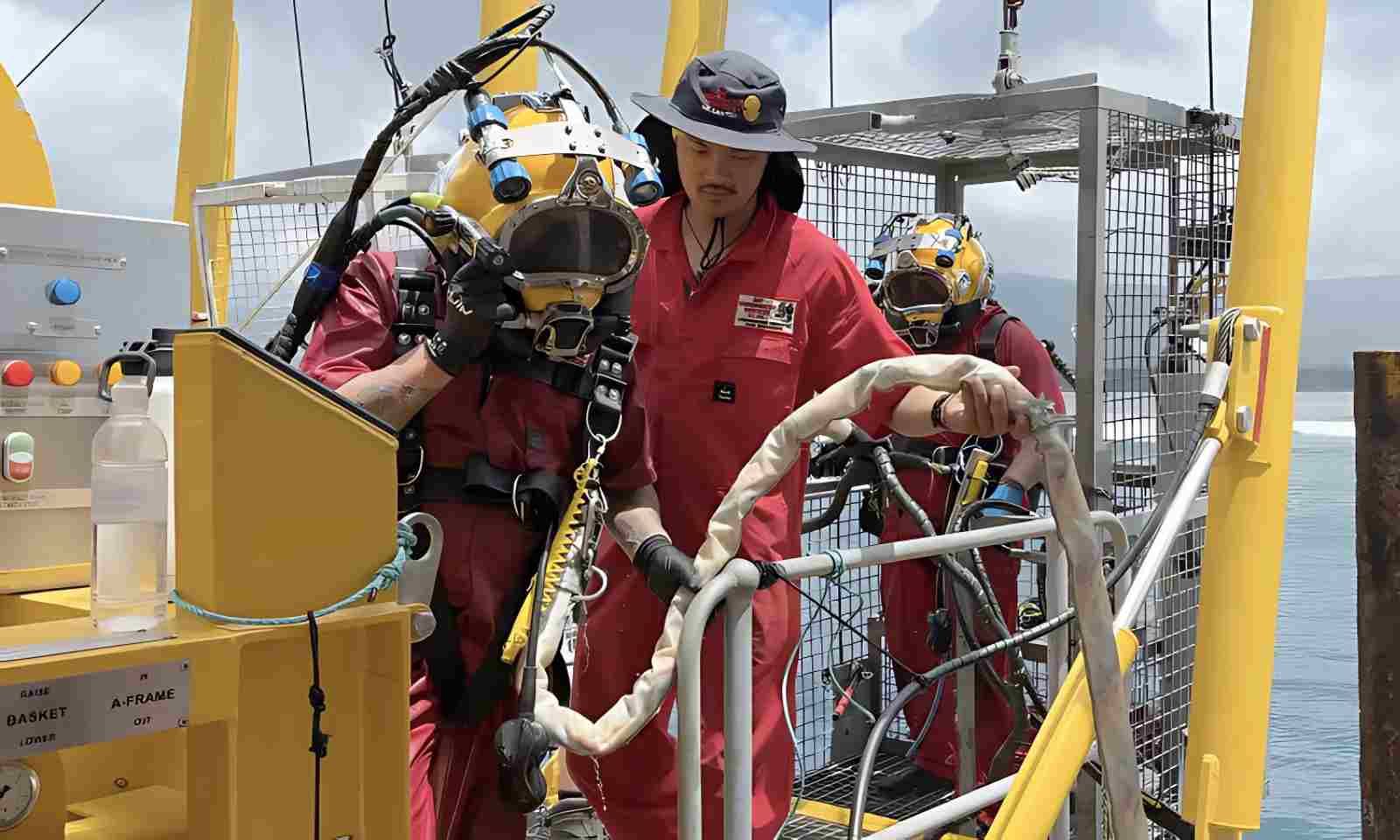

First cycle of the fuel and other pollutants recovery from HMNZS Manawanui has been completed, the NZDF says.
Photo/NZDF
Fuel removed from Manawanui as Govt declares no backup for stricken ship
The first batch of fuel has been successfully taken from the New Zealand Navy vessel that sank in Sāmoa last October.


Law expert: US boat strike controversy a lesson for the Pacific

Heartland XV coach reflects on emotional return to Sāmoa

Most New Zealand teachers set for six-figure pay after new deal struck with govt


Law expert: US boat strike controversy a lesson for the Pacific

Heartland XV coach reflects on emotional return to Sāmoa

Most New Zealand teachers set for six-figure pay after new deal struck with govt
The initial phase of fuel removal from the Royal New Zealand Navy vessel Manawanui, which sank off the southwestern coast of Upolu in Sāmoa in October, has been completed.
The HMNZS Manawanui (A09) ran aground on the Tafitoala Reef on Saturday, 6 October.
The following morning, it caught fire and sank. All 75 people on board were rescued.
The New Zealand Defence Force said 950 tonnes of diesel were on board when the ship went down.
In December, an NZDF Court of Inquiry found that crew error caused the hydrographic dive and survey ship to run aground and sink.
The recovered fuel and pollutants are being offloaded in Apia, and the barge is set to return for more extraction cycles.
Commodore Andrew Brown, the NZDF's senior national representative for Operation Resolution, said the barge would make multiple trips back to Apia to offload the extracted fuel.
Brown said he was satisfied with the progress made, given the adverse weather conditions and their impact on the operation.
“This week, the salvors were able to manoeuvre the barge into the Port of Apia to offload tanktainers containing the recovered fuel and other pollutants,” Brown said in a statement.
These tank containers or tanktainers are being stored at the Apia port while disposal processes for the fuel and pollutants are being organised.
Brown said the salvage teams have faced technical challenges in extracting the remaining fuel and pollutants.

Photo/NZDF
He said the Sāmoan government had expanded areas for fishing activities based on recent water testing results.
For safety reasons, a two-kilometre-restricted zone around the Manawanui remains in effect during the ongoing fuel removal.
The estimated cost of salvaging the HMNZS Manawanui could reach hundreds of millions of dollars, influenced by the specific circumstances of the wreck.
The salvage operation is partially covered by third-party insurance.
Defence Minister Judith Collins could not provide details on costs due to commercial confidentiality, but she confirmed that third-party insurance is in place.

HMNZS Manawanui sinks off the coast of Upolu in Sāmoa in October. Photo/file
“The Defence Force is contributing significant staff and equipment,” she said, emphasising their partnership with insurers.
Brown reiterated that the primary aim is the safe removal of fuel, which has progressed well despite challenging weather.
He said that the contracts with the salvage companies focused on pollutant removal require that the Manawanui be left in its current state.
The New Zealand and Sāmoan governments are discussing the future of the Manawanui, and assessments are underway to determine whether it will be removed.
“We are prioritising these discussions as we consider the next steps following the fuel removal phase,” Brown said.
Recent seawater tests around the wreck showed low levels of hydrocarbons, with no increase in diesel fuel, which was welcomed news.
Collins also confirmed that the HMNZS Manawanui will not be replaced, saying the HMNZS Otago can take over many of the sunken vessel's previous responsibilities.
"The Otago has the necessary equipment and capability to fulfil most of the tasks that the Manawanui handled," she said.